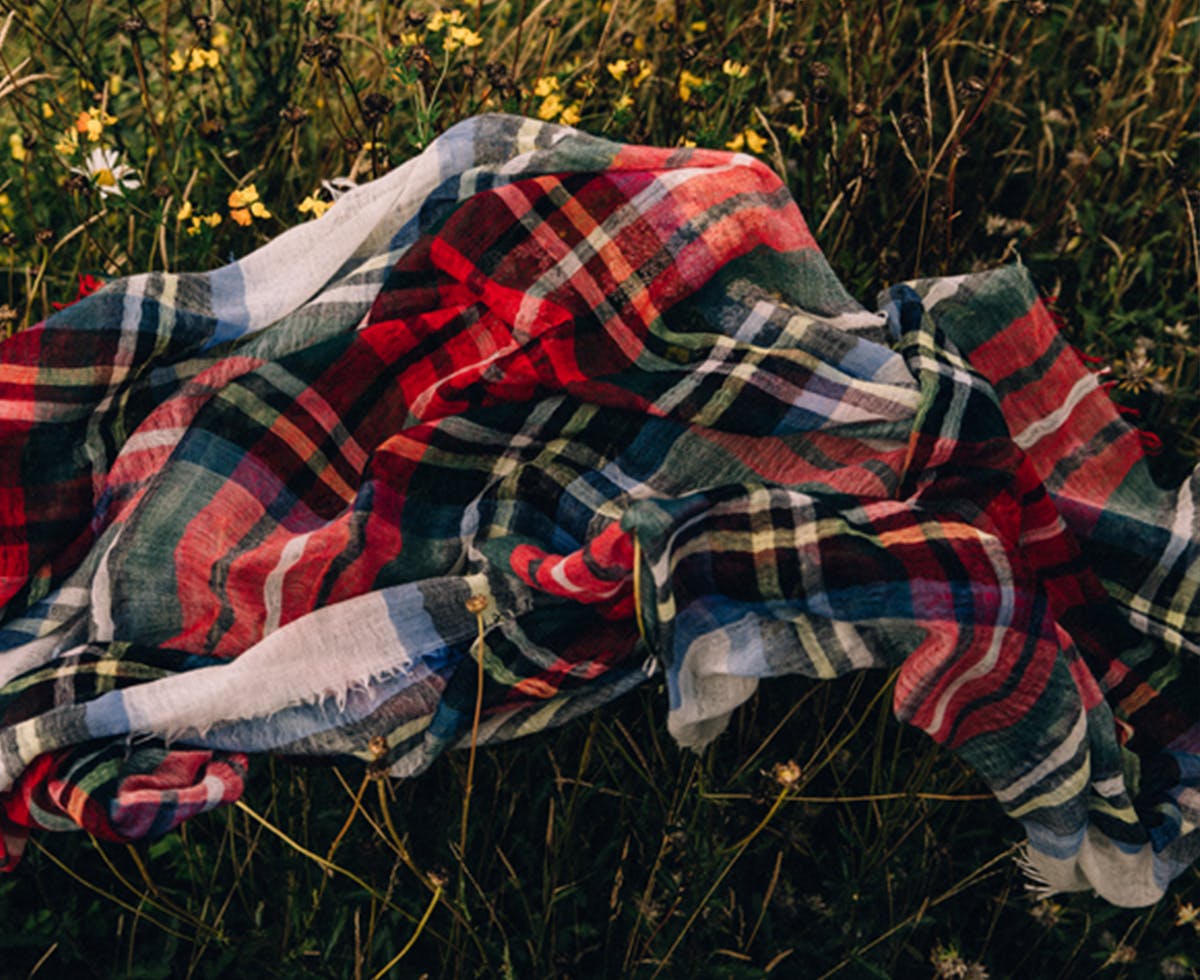Why is Cashmere a Luxury Fibre?

Why is Cashmere a Luxury Fibre?
Cashmere is the perfect fibre in so many ways. Not only is it soft, delicate and beautifully fine, it’s three times more insulating than sheep wool and is extremely versatile. Such versatility means that cashmere fibre can be transformed into a vast array of garments and styles – from the likes of chunky knits and lounge wear to light summer shawls and accessories. It’s interesting to note, while you wouldn’t choose to wear cashmere on a tropical beach, it’s very difficult to find a fibre that has all these qualities, while being so seasonally and stylistically versatile – I’m trying really hard to think of one – can you?
These properties are the obvious response to the question ‘Why is cashmere a luxury fibre?’, however there are a lot more answers than you first might think…
To fully understand the reasoning behind cashmere’s luxury label, you should think about how much cashmere can be annually produced in comparison to other fibres. In an average year, one sheep grows around 3 kilos of wool, which might not sound like all that much, however if you compare those 3 kilos to the 200 grams of cashmere produced annually by one goat, it suddenly sounds like plenty. To give you an even clearer perspective, it can take anywhere between four to ten cashmere goats one year to produce enough cashmere to make one pure cashmere jumper. For a scarf, that number sits around two. For some breeds of sheep, you can make four to five jumpers from just one year’s fleece. Huge difference right!
You should also know that when cashmere is processed (cleaned, carded and dyed) it loses around 50% of its original weight, which takes the original 200 grams of cashmere fibre, right down to 100 grams.
Another aspect to consider is the craftsmanship, time and knowledge that is required to create cashmere pieces that are both authentic and beautifully-made. This begins right at the start when cashmere is harvested. Unlike sheep, the most desirable cashmere fibres are combed from goats and not clipped, using a specialist comb that carefully pulls loose hairs away from the goat’s coat. This is done to make sure the fibres aren’t cut short and to reduce the amount of guard hair (the coarse top coat) harvested. This is tiring work and can take cashmere herders 10 to 15 minutes to fully harvest one goat. When you think that there are near 30 million cashmere goats in Mongolia alone, that’s a lot of time, especially when the harvesting season is only a couple of months!
Answers also lie in the process. Before cashmere becomes the fluffy cloud-like fibre we all love so much, it needs a fair amount of work done to it. However, with cashmere being such a delicate fibre, such work takes a great deal of knowledge and skill to make sure that the fibres aren’t damaged or wasted. These processes include cleaning/scouring, carding and dyeing, which just mark the start of the process, excluding spinning and weaving or knitting. Each process is unique and comes with its own challenges, including the likes of dye concentrations right through to how much moisture is in the air to reduce static and breakage. So you can imagine, when you finally get to the stage where the yarns are spun and fabrics and garments are made, which also requires extensive knowledge and craftsmanship, there has already been a lot of time invested into making sure that the cashmere fibre is absolutely perfect.
For brands such as Begg x Co, behind each collection is over a century of refinement and mastery and to answer the question ‘Why is cashmere a luxury fibre?’ I think you need to step outside of the fickle nature of fashion and instead focus on its heritage in artisanal craft, in nature and in the dedication of those who have made cashmere what it is today.


